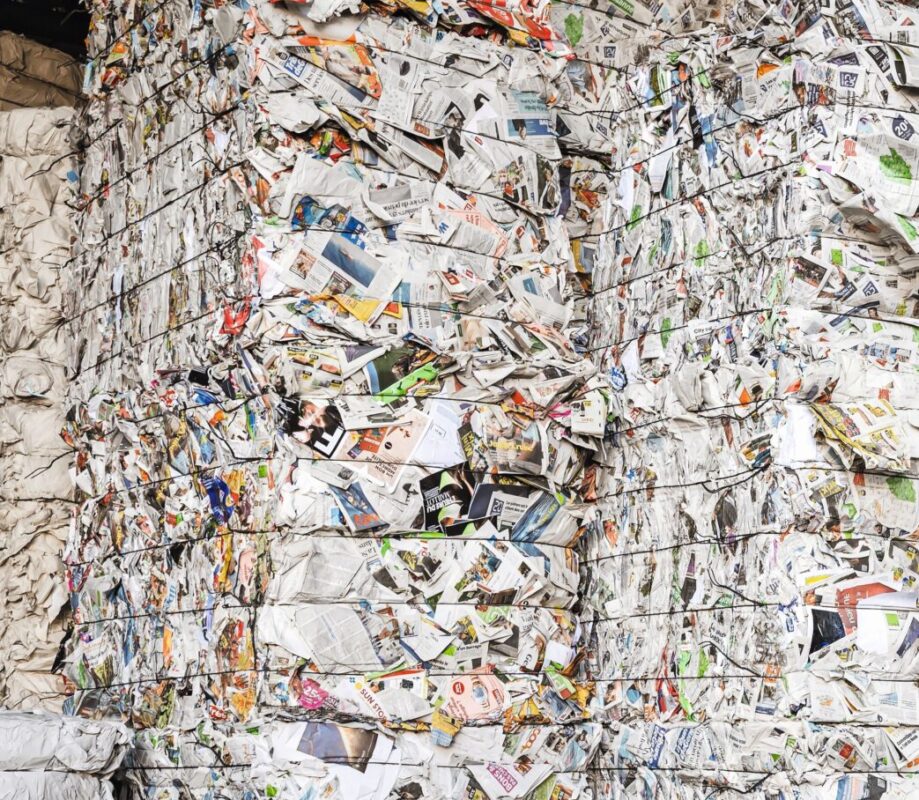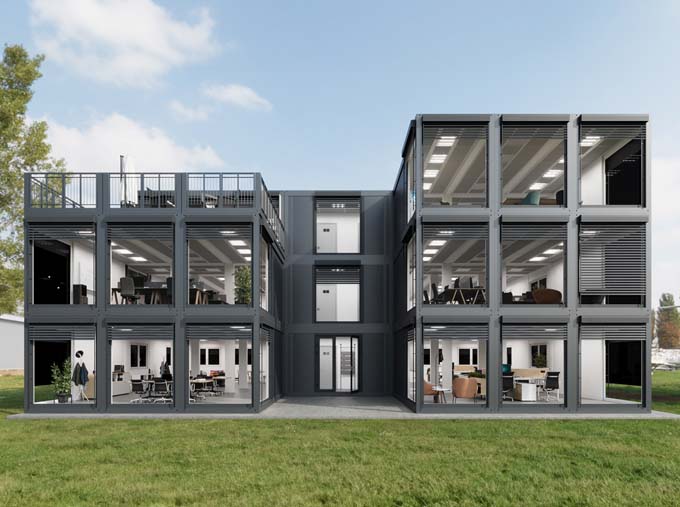Mid-elevation lakes come under pressure
A new model study shows that climate change may significantly alter water temperature, ice cover and mixing in many Swiss lakes. Lakes at medium altitudes are under particular pressure. They are at risk of losing their ice cover completely and no longer mixing fully twice a year. Such a change would have fundamental consequences for the functioning of lake ecosystems.

Lakes are subject to strong seasonal cycles. In many Swiss lakes at medium and high elevations, the water mixes from the surface to the bottom in spring and fall. This vertical exchange influences many chemical and ecological processes. Oxygen-rich and nutrient-poor surface water mixes with oxygen-poor and nutrient-rich water from the lake bottom. At the same time, the lake temperature is balanced over the entire depth. In winter and summer, however, the deep water is separated from surface processes by stable stratification. Lake ecosystems and the entire food web from plankton to fish are adapted to these seasonal fluctuations.
Climate change alters seasonal cycles
As a new computer model study by the water research institute Eawag now shows, climate change is deeply interfering with these cycles in Swiss lakes. "How strongly the circulation of lakes responds to climate change depends in particular on their altitude and size. Lakes at medium altitudes are particularly sensitive," says Love Råman Vinnå of the Surface Waters Research Department.
For this study, a team of researchers around Råman Vinnå examined 29 Swiss lakes along an elevation gradient from 193 m to 1797 m above sea level. They used the one-dimensional physical lake model Simstrat to simulate the dynamic processes of the lakes. For the first time, Råman Vinnå and his team were also able to use the new Swiss climate scenarios (CH2018), which take into account the complex topography of the Alps and thus represent the local climate in greater detail. The effects of climate change on lake dynamics can thus be simulated more accurately than in previous studies. Three future scenarios were used: the worst-case scenario assumes continuously increasing greenhouse gas emissions, in a medium scenario emissions peak around 2050, and the most stringent scenario limits global warming to 2°C.
Mixing of lakes at middle elevations strongly changed
The simulation results paint a clear picture: If the climate warms by more than 2° C, many lakes at medium altitudes risk losing their ice cover in the course of the 21st century, such as Lac de Joux or Klöntalersee. Less ice means increased vertical exchange between surface and deep water. This counteracts the build-up of stable stratification in winter and therefore shortens its duration. In summer, on the other hand, the duration of stable stratification is prolonged, increasing the risk of oxygen deficiency in deep waters. The longer stratification in summer also favors algal growth of toxic cyanobacteria.
At mid-elevations, therefore, many lakes could shift from a dimictic mixing regime with bottom water mixing twice per year to a monomictic regime with only one mixing per year. Such shifts in regime have fundamental consequences for lake heat storage and oxygen and nutrient distribution. The habitats of many aquatic species could change considerably as the water warms from above and oxygen becomes scarce further downstream. "But if we can limit climate warming, we can preserve the ice cover and thus prevent the shift in the mixing regime for most lakes," says Råman Vinnå.
Mountain lakes and large lakes in the Central Plateau retain their mixing regime
High-altitude lakes, such as Lake St. Moritz at 1768 meters, on the other hand, remain dimictic under all climate scenarios according to the model study, at least in the 21st century. Interestingly, the lake water warms up more strongly there and the duration of ice cover and stable stratification shortens faster in winter than at lower elevations. Nevertheless, lake tipping is unlikely to occur in the current century. On high-altitude lakes, an ice layer will continue to form in winter, so that semi-annual vertical mixing will be maintained. The large lakes on the Swiss Plateau, such as Lake Zurich or Lake Geneva, which already have a monomictic regime, will probably retain their mixing cycles according to the model study.
"Swiss lakes will change over the course of the 21st century due to climate change. However, our study shows that most impacts can be limited by consistent climate protection. Only a few lakes would then pass a tipping point and experience drastic changes in their functioning," says Råman Vinnå.
Original publication: Love Råman Vinnå et al. (2021): The vulnerability of lakes to climate change along an altitudinal gradient Nature; Nature Communications Earth & Environment ; DOI: 10.1038/s43247-021-00106-w.
Source: Eawag









